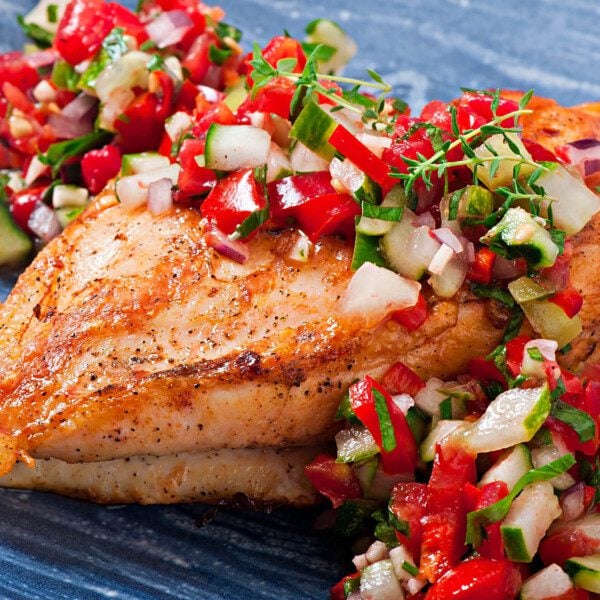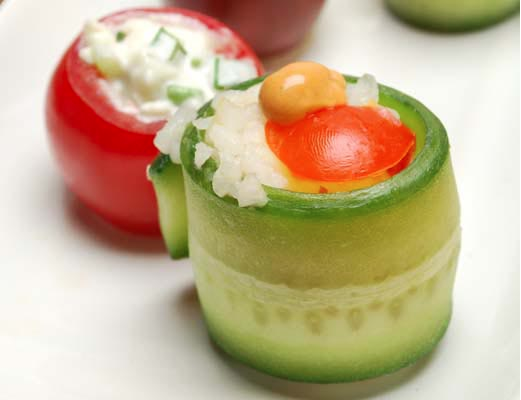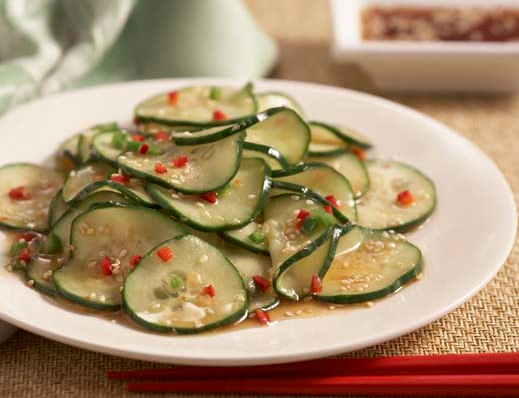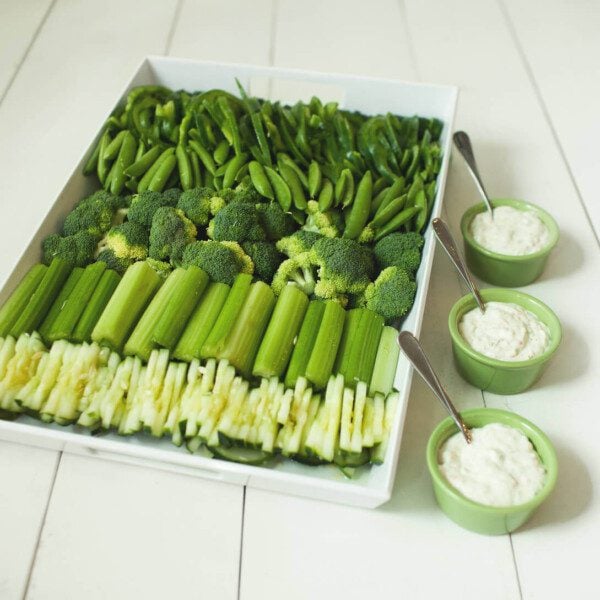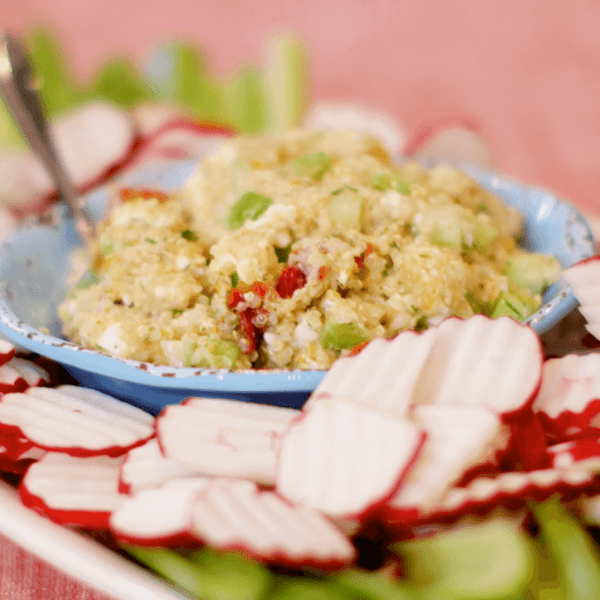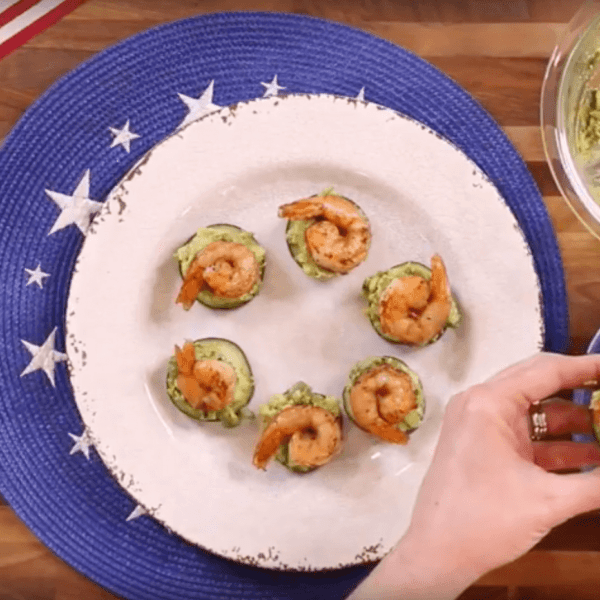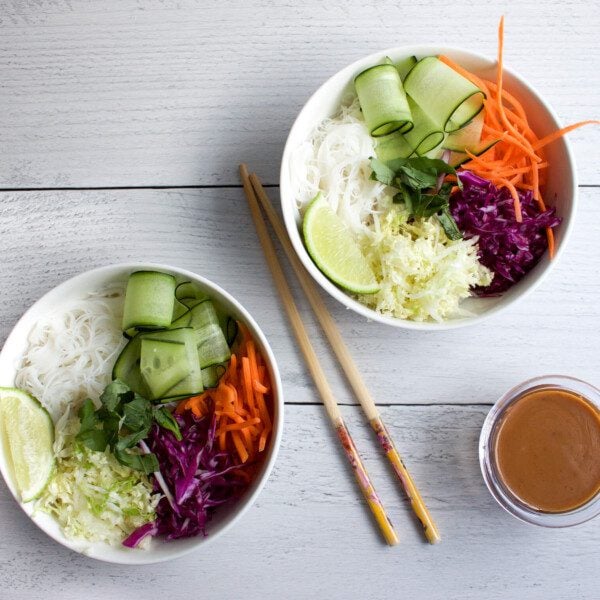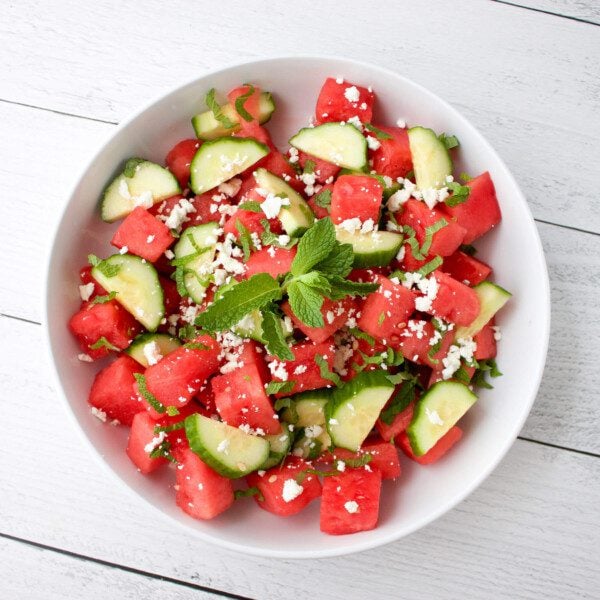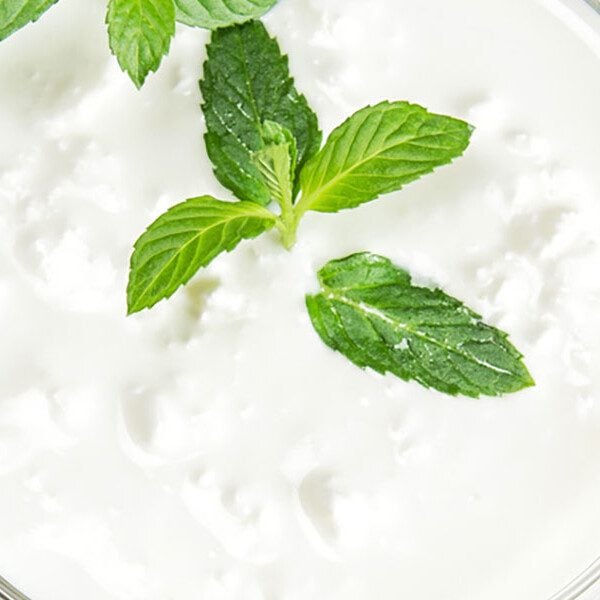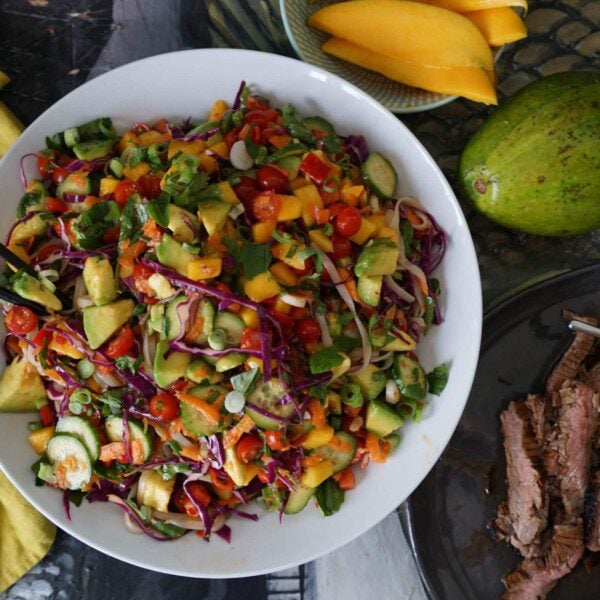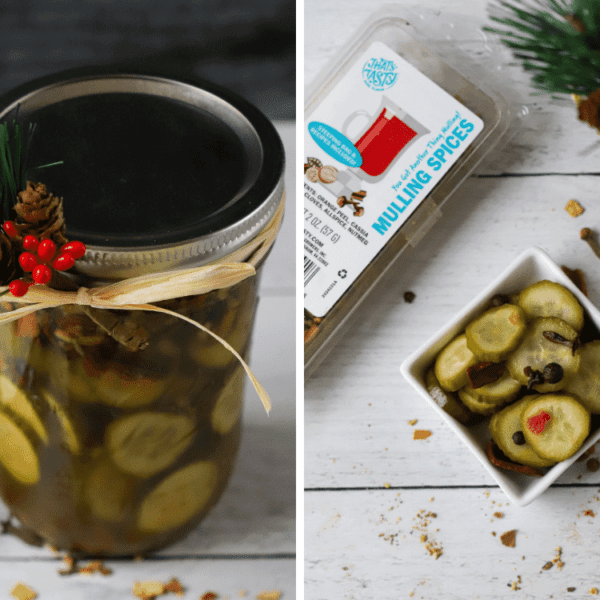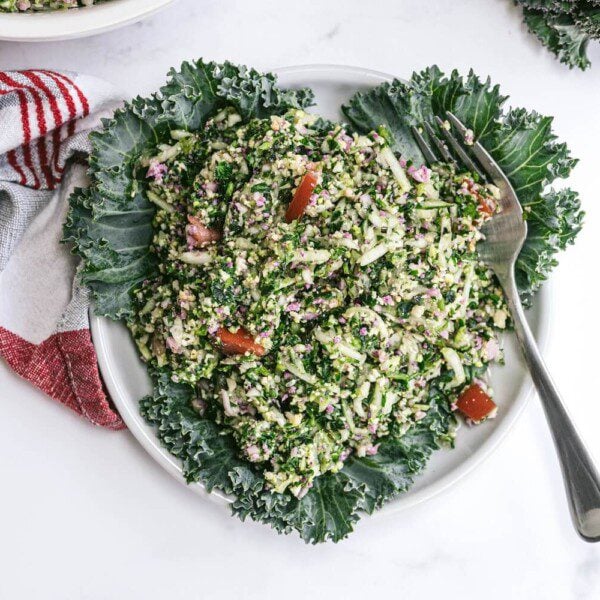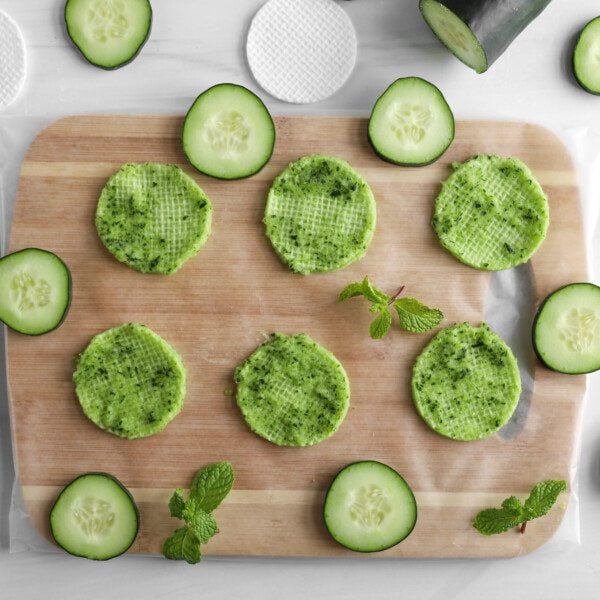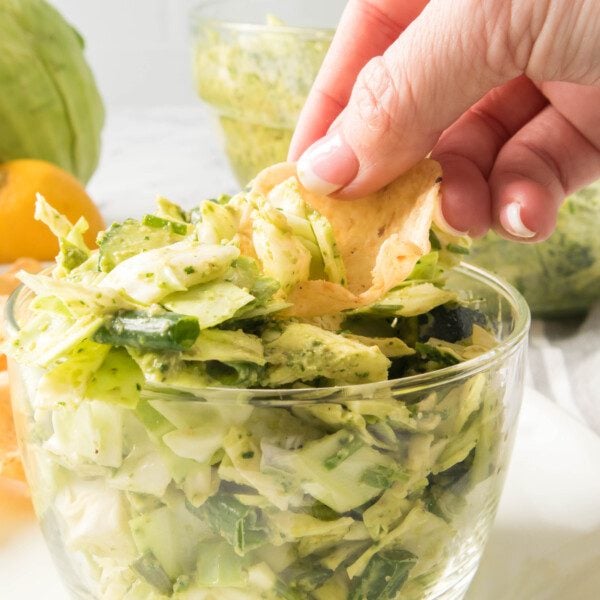How to Select Cucumbers
- Look for firm cucumbers. Avoid any with soft spots, as this can indicate rotting.
- Cucumbers should be dark green and free of any yellow spots or wrinkles.
- Check the cucumber for any off-flavor odors, which appear when the cucumber becomes overripe.
- Cucumbers often carry more pesticides with them to the grocery store than other produce. To avoid this residue, look for organically-grown options.
When Are Cucumbers in Season?
Cumbers have the most water (96%) and the lowest calorie count of all vegetables. They are in season in most states between June and September of each year. Only in Arizona are cucumbers in season all year long. In other states, the season varies, but if you’re looking for cucumbers until Christmas time, visit Texas or Florida.
Varieties of Cucumbers
While most of us are acquainted with one type of cucumber, it might interest you to know that there are nearly 100 varieties of cucumbers. Here are examples of the most common varieties.
The popular English cucumber, also known as European, greenhouse, burpless, or seedless cucumber, is long and slender, with thin, smooth, dark green skin. The flesh is firm and sweet. Persian cucumbers, also called burpless, look similar to English cucumbers but are smaller. These are more flavorful, crisper, and easier to digest with their thin, edible skin.
There are several sub-varieties of white cucumbers, including the White Wonder, Himangi, and Crystal Apple. White cucumbers are best enjoyed raw, like English cucumbers. They are crisp and fresh, with some varieties being sweet while others are sour or bitter.
Lemon cucumbers are yellow, round, and the size of little tennis balls. They have a mild and sweet flavor with a cool, crisp texture. This variety is easy to grow during the summer.
Garden cucumbers, common to North America, are dark green and have smooth skin with large seeds. Unlike English cucumbers, these should be cooked before being consumed, and their skin and seeds should be removed.
Gherkins are baby cucumbers pickled in vinegar or brine, and allowed to ferment. They’re a great snack or can be served on charcuterie with cheeses.
Cucumber Nutrition Facts & Benefits
One medium, unpeeled, raw cucumber provides,
- approx 30 calories
- 0 grams of fat
- 3 grams of protein
- 6 grams of carbohydrates
- 2 grams of natural sugar
- 2 grams of fiber
Here are just a few of the many ways that cucumbers can benefit your health:
1) The high water content in cucumbers will keep you hydrated and refreshed.
2) The high fiber content will aid digestion, keeping you regular and preventing constipation.
3) Vitamin K in cucumbers helps with blood clotting and bone health, while the vitamin A aids you immunity, vision, and reproduction. It may also reduce the risk of certain cancers. 4) The antioxidants like Beta Carotene help to manage free radicals in your body which damage cells and cause disease.
How to Store Cucumbers
- Cucumbers are prone to damage from the cold, but will last longer in your refrigerator than they will on your counter (five days versus about two days). Keep them in the warmest part of your fridge, close to the front.
- Cucumbers freshly harvested or bought from a farmers market can last up to 10 days in the fridge.
- Cucumbers can be frozen for up to three months, but note that thawed cucumbers won’t retain their crunchiness and are best used in recipes like smoothies. To freeze a cucumber, simply wash, dry, and place it in an airtight container in your freezer.
How to Prepare Cucumbers
The first and most common way to prepare cucumbers is in salads. To make your salad as attractive as it is nutritious, cucumbers are served raw and may be sliced, spiralized, or chopped. This fresh, crunchy vegetable compliments the taste of the other salad ingredients and stays firm under dressings.
You might be surprised to learn that you can cook cucumber for delicious soups. Your soup may be warm and comforting – the way we enjoy most soups. But it may also be a chilled summer soup. The cucumber can be blended after it is cooked and mildly seasoned with onions and single cream.
Cucumbers make excellent ingredients in smoothies, salad dressings, and dips. Their high water content adds hydration and smoothness, while the crisp, light flavor enhances those of the other ingredients. Cucumber smoothies may be turned into cucumber ice pops if poured into molds with popsicle sticks and frozen.
